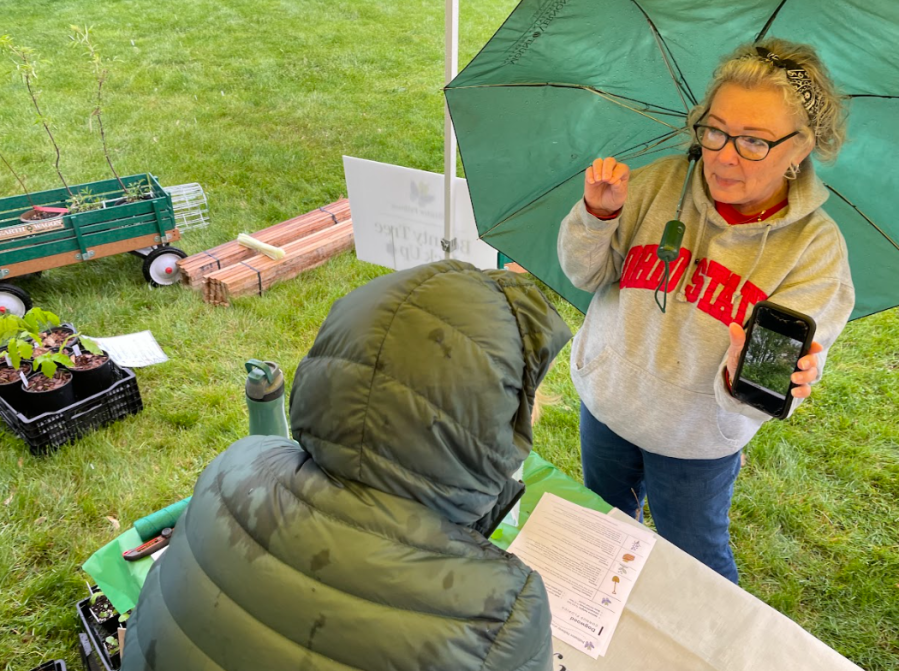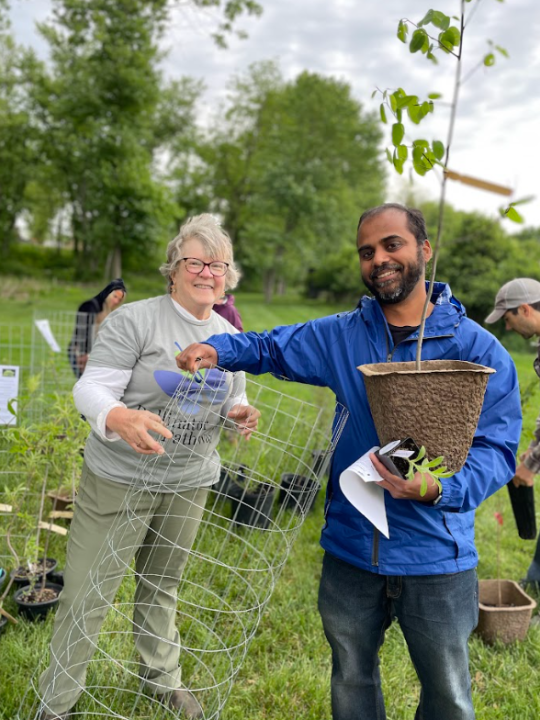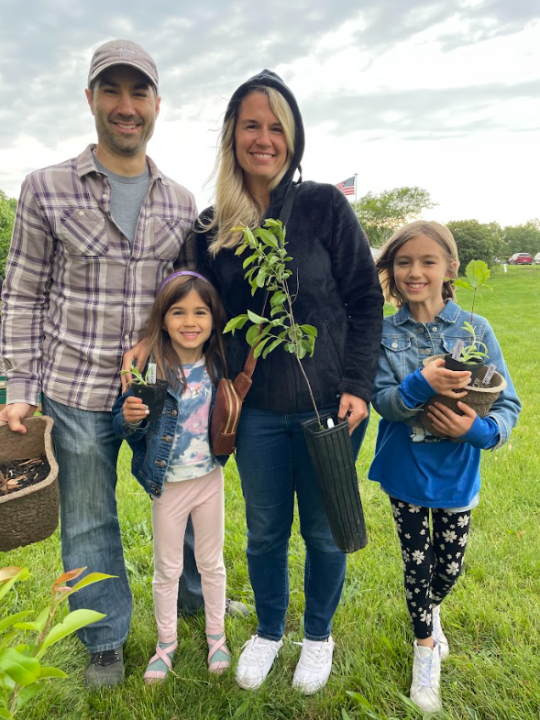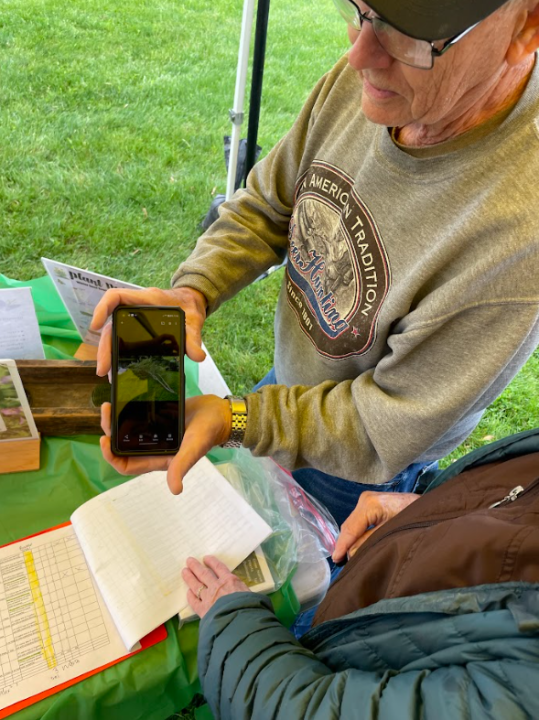Wanted: Licking County organization puts a ‘bounty’ on Bradford pear trees
NEWARK, Ohio (WCMH) – Bradford pear trees are wanted in Licking County – dead, not alive.
The Licking County Pollinator Pathway has created a bounty on the invasive trees, offering a “reward” for those willing to remove them from their property.
Adena Health board members walk as leadership changes mulled
“Some people think Bradford pears are pretty, but here’s the ugly truth: They’re very highly, highly invasive,” said Susan King, coordinator of the Pollinator Pathway. “They have escaped from our yards, and they’ve been taking over roadsides and pastures and woodlands and even getting into our parks. And the problem is they’re crowding out the native plants.”
The organization is offering anyone who lives in Licking County and is willing to rid of their Bradford pear a voucher to go toward a native tree at participating nurseries, including Albyn’s Landscape & Nursery Center and Leaves for Wildlife Native Plant Nursery.
“They’ve become so invasive that it’s actually illegal to plant them now in Ohio, but there’s little that anybody was doing to deal with the ones that are already planted and here and spreading, so we created a little bounty,” King said.
New law requires Ohio schools to teach ‘science of reading’ as proficiencies fall
While supplies lasted this past weekend, instead of a voucher, the Pollinator Pathway gave away free “pollinating friendly” trees to those who removed Bradford pears from their yards. One hundred people took advantage of the program, and due to some people having multiple of the invasive trees in their yard, King said “hundreds” of Bradford pears were removed.
Licking County residents remove Bradford pear trees in exchange for a free native tree (Photo Courtesy/Susan King, Pollinator Pathway of Licking County) Licking County residents remove Bradford pear trees in exchange for a free native tree (Photo Courtesy/Susan King, Pollinator Pathway of Licking County) Licking County residents remove Bradford pear trees in exchange for a free native tree (Photo Courtesy/Susan King, Pollinator Pathway of Licking County) Licking County residents remove Bradford pear trees in exchange for a free native tree (Photo Courtesy/Susan King, Pollinator Pathway of Licking County)
“This is the first time we’re doing [the program],” King said. “We’ve learned a lot about it, and we’re really delighted by the level of interest and the level of awareness that has been raised, because a lot of folks tell us, ‘I had no idea it was invasive’ so that was really our goal – to raise awareness.”
This program marks the first “bounty” on Bradford pear trees in central Ohio, according to King. The program was made possible through a grant from the Denison Venture Philanthropy Fund. Residents can sign up for a voucher here.
What is the Licking County Pollinator Pathway?
The Licking County Pollinator Pathway is an environmental conservation organization, consisting of more than a dozen partners, including Ohio State University Newark, Denison University, the Granville Public Library and the Licking Park District.
The group came together after entomologist and bestselling author Doug Tallamy had an event in Licking County in December 2022, where he talked about the importance of native plants.
Ohio’s first recreational marijuana for sale planted at Yellow Springs greenhouse
“People left that event so energized to want to transform their home landscape and yard, that they’re like, ‘now what?’” King said. “So Pollinator Pathway became that now what – so organizations that had initially sponsored him to come to Licking County came together.”
The goal is to connect natural areas with pollinating plants across the county to support bees, birds and other wildlife.
“[We’re] trying to connect both pollinator gardens and home landscapes as well as public parks and other green spaces around the county,” King said, “because our pollinators can only travel so far to find nectar and other food.”
What to know about Bradford pear trees
The Bradford pear tree is a variety of the Callery pear tree, which comes in other variations such as “Autumn Blaze” and “Cleveland Select.” The tree, primarily grown for its appearance, is native to Asia and was introduced to North America in the 1900s for agricultural use.
Characterized by its white flowers, the tree quickly became popular in landscaping due to its adaptability, color and shape, according to the Ohio Department of Natural Resources. But the Callery pear has become well-known for some of its other qualities – its unpleasant odor and ability to rapidly spread.
DeWine signs school cellphone policy bill into law
The tree was bred to be sterile and was originally believed to be unable to reproduce; however, different varieties of the tree have cross-pollinated with each other, leading to the spread of fruit-bearing trees. The tree’s small, brown inedible messy pears that attract birds are also among its undesirable qualities.
As of Jan. 1, 2023, the tree is illegal to sell, grow or plant in Ohio due to its invasiveness. This means nurseries and garden centers are not allowed to sell the trees and homeowners, and landscapers cannot purchase or install them. Ohio is not the only state to ban the Callery pear tree: Pennsylvania and South Carolina have enacted similar bans.
Ohioans who have a Callery pear tree in their yard are not required to remove it, but removal is encouraged by the Department of Natural Resources. The agency recommends serviceberry trees, eastern redbuds, American plums and flowering dogwoods as potential alternatives.
Copyright 2024 Nexstar Media, Inc. All rights reserved. This material may not be published, broadcast, rewritten, or redistributed.
For the latest news, weather, sports, and streaming video, head to NBC4 WCMH-TV.




